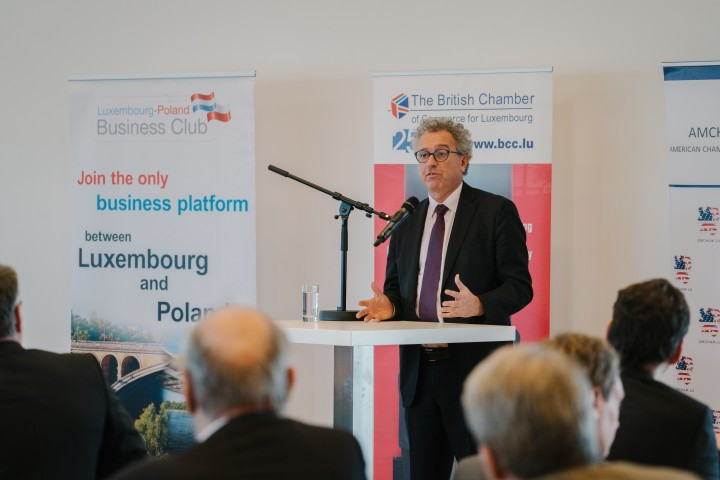The reform, presented to parliament on 4 August, was introduced in order to be in line with the OECD’s action 5 on base erosion and profit shifting project. The draft IP box is aligned with the “modified nexus approach”, which considers research & development expenditure as indicators of necessary activity and in proportion to R&D expenditure and earnings to qualify for the IP box.
The new IP box regime allows a wider variety of patents and copyrights on computer software. Trademarks and designs are ineligible.
Luxembourg will allow a 30% increase in eligible expenditure, within the limit of the total expenditure. The 80% exemption rate remains unchanged.
Eligible revenue will include net income from use (income from embedded IP resulting from the sale of goods or services directly related to IP assets), the granting of royalties, or the sale of eligible IP assets.
The ratio will then determine the amount of net income eligible for exemption, the proportion between eligible and total expenditures. Eligible expenditure includes R&D expenditure directly related to eligible IP assets incurred by the taxpayer. All costs not directly related to an eligible IP asset, as well as certain expenses such as real estate costs, interest, financing costs and acquisition costs of IP assets are not eligible.
It should be noted that outsourcing costs for R&D are eligible, as long as it is carried out by unrelated parties within the meaning of Article 56 of the Income Tax Act. Total expenditure includes eligible expenditure, acquisition costs and research expenditure outsourced to related parties.
If the draft is approved by parliament, it is scheduled to enter into force in 2018.
